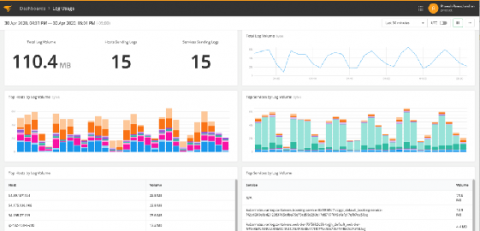Beyond the EHR: 3 Other Places Healthcare Organizations Need to Watch to Ensure HIPAA Compliance
With the state of the world today, healthcare facilities of all kinds and sizes are operating under a state of distress. Employees are working on the frontlines, while also having to manage low budgets for IT security, coupled with low resources and all the while having to manage legal and compliance issues on top of it. Sometimes there’s so much emphasis put on the primary platform where patient health information (PHI) resides, other parts of the network are overlooked to determine compliance.











